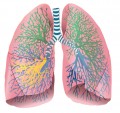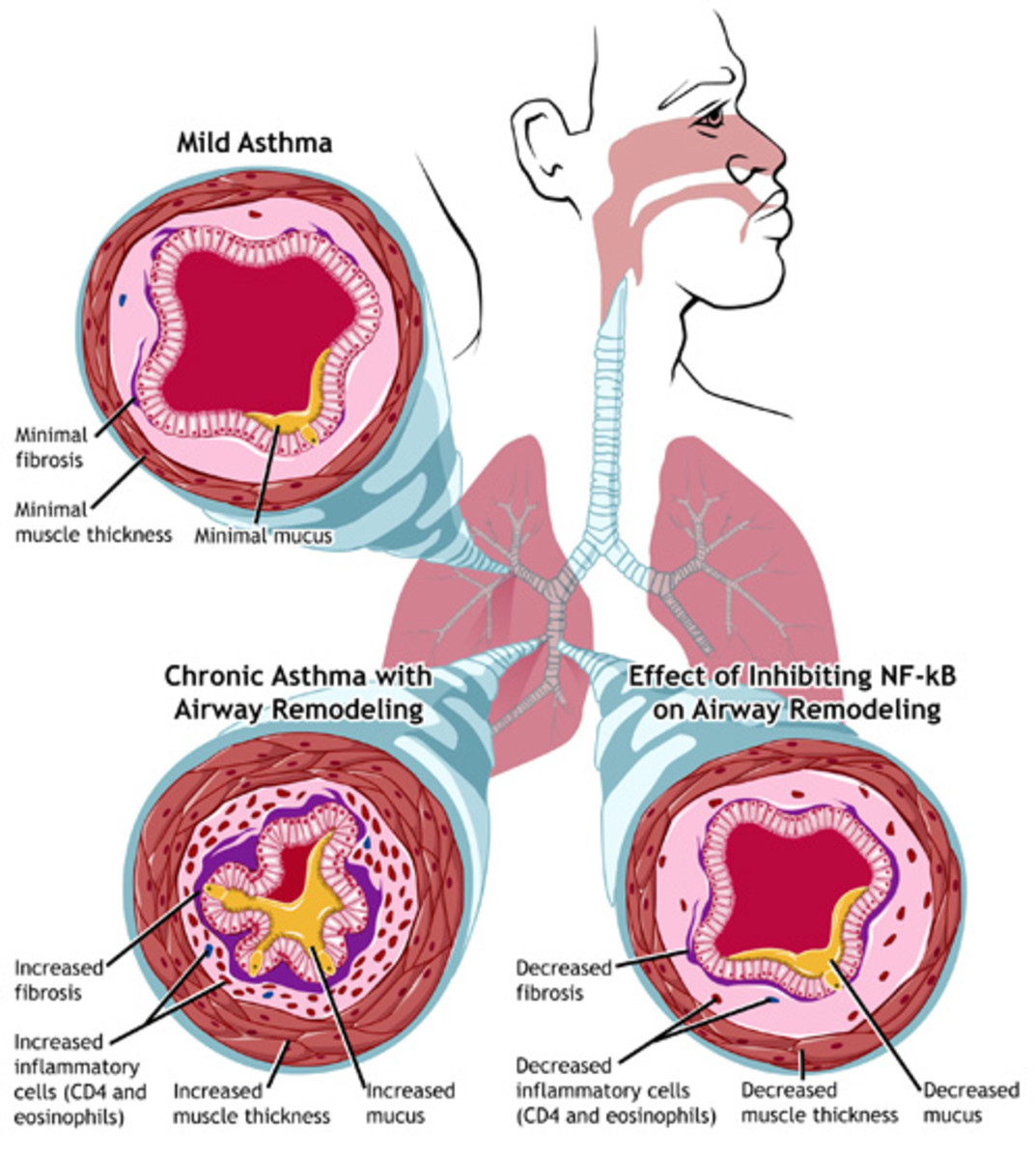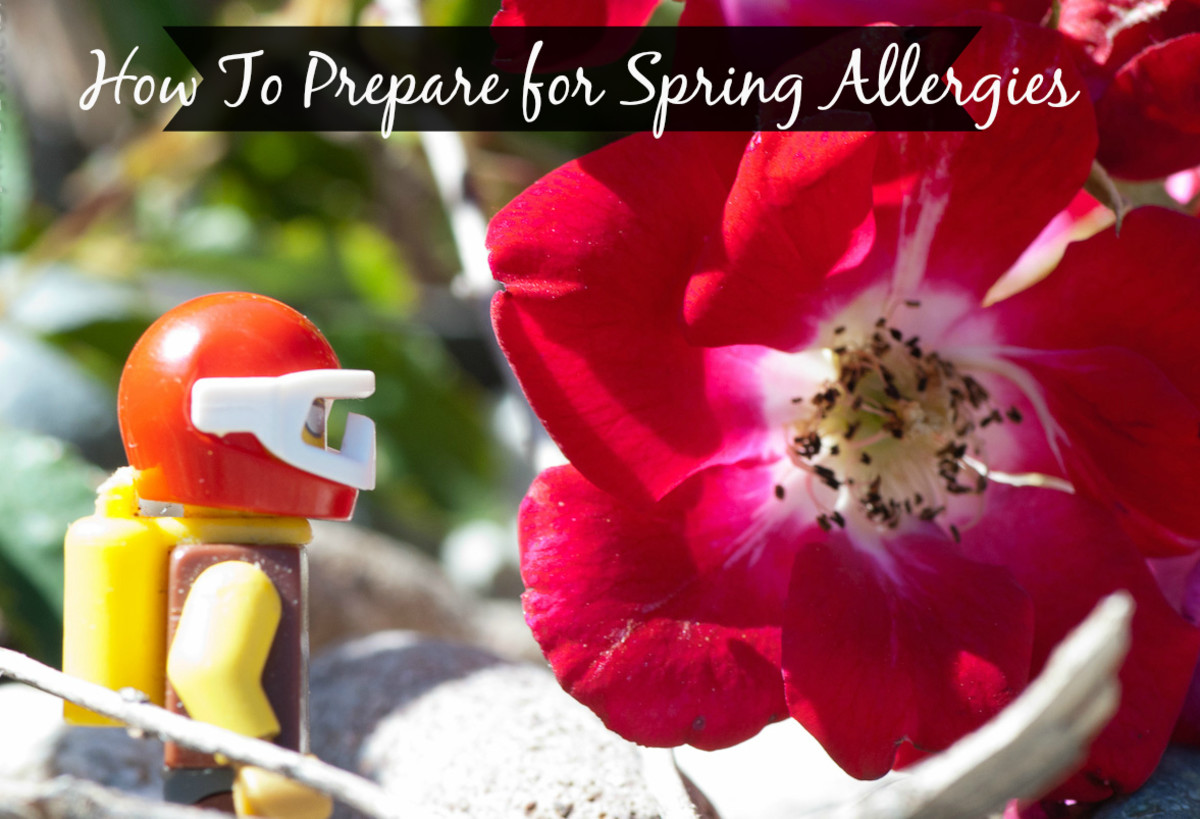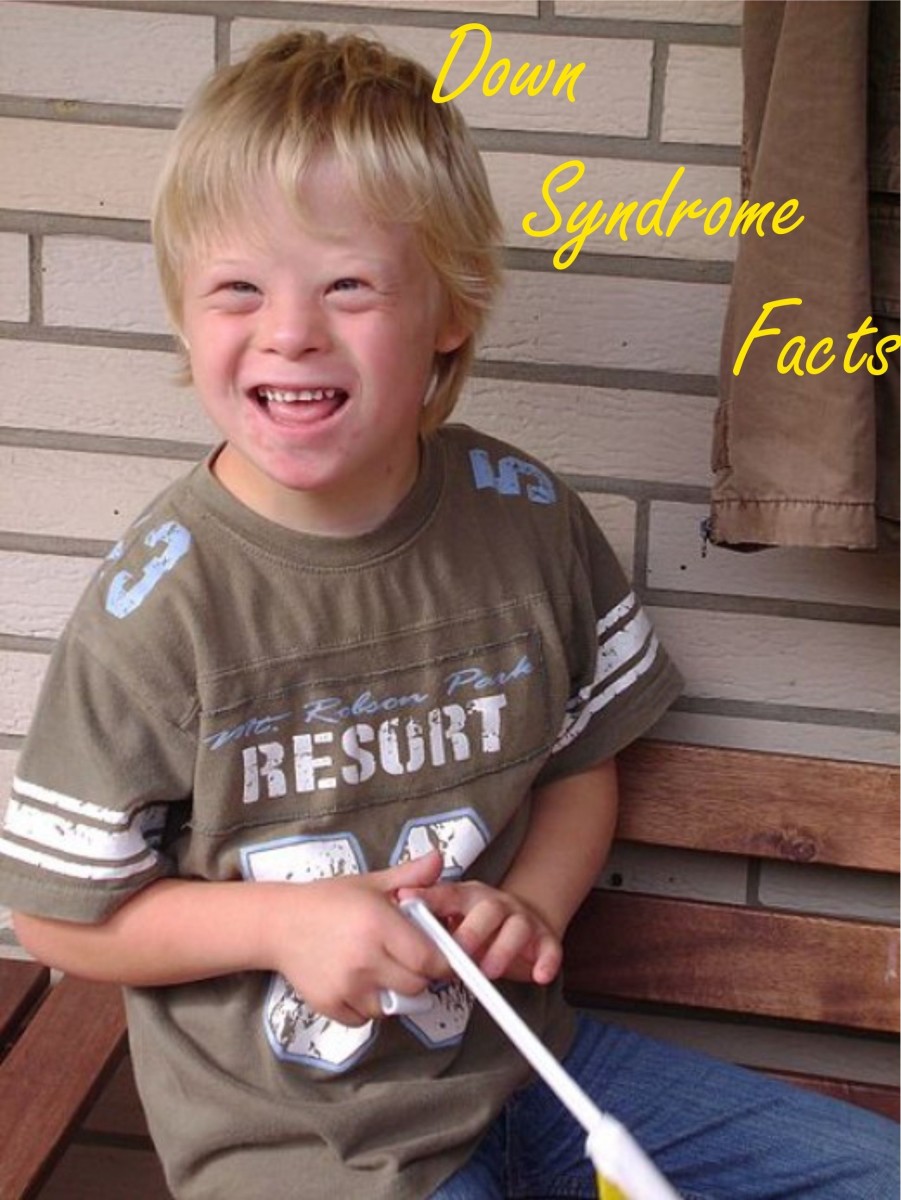Asthma & its symptoms: including a plan diagram of a bronchiole.
Asthma kills people.
Despite the unprecedented developments made in medicine in the 20th and 21st century there are still many terrifying diseases and illnesses yet to be conquered. One of the most mysterious of these is asthma and despite constant research it still kills 1 person every 8 hours in the UK alone. In 2009 in the UK this translated to 1,131 deaths, 12 of which were children below the age of 14. What is even more tragic is the fact that 90% of these deaths were preventable.
Of course most asthmatics manage this condition with medication but many still live with the ever-present fact that they could die from their disorder. Management is no substitute for a cure but despite the on-going research a cure still seems a long way off.
The basic statistics of childhood asthma.
The UK has, to our mystification, one of the highest rate of childhood asthma in the world. Starting in infancy and lasting a lifetime for many, is it estimated that 1 in 11 children (1.1 million) suffer from the condition. On average this means that there could be 2 asthmatics in every UK classroom.
A child is admitted to hospital with asthma every 17 minutes despite the fact that many of these admissions are unnecessary. Parents, understandably, are unwilling to take risks with their children's health and an asthma attack can be an extremely frightening event, either to have to endure or to witness.
The symptoms of an asthma attack.
Many people think they know what happens when an asthma attack happens. The sufferer can't breathe in ... right? The truth is more complex. It would appear that once the body's defence mechanism kicks in the sufferer is actually unable to breathe out.
When an asthmatic comes in contact with their particular allergen, or allergens, a reaction is triggered. Once the allergen has entered the bronchial tree (see Diagram 1 below) the body mounts an aggressive response to the perceived 'invader' and the over-sensitive airways start to close up. The body's antibodies rush to destroy these foreign elements and actually cause mayhem in the bronchial tubes of the sufferer.
The release of powerful chemicals such as histamine causes the smooth muscle of the bronchioles to constrict and go into spasm. At the same time the inner lining swells up and excretes extra mucus in an effort to dilute and weaken the allergen (see Diagram 2 below) which further constricts the airways. The usual asthmatic symptoms of wheezing, coughing and tight, laboured breathing then become apparent. Sometimes the victim experiences all three at once and this is encourages the most dangerous symptom of all ... fear.
As asthma has variously been described as suffocation, strangulation and like being buried alive it is easy to see why the asthmatic becomes panicky and fearful during an attack. This is the most dangerous time for them as it is vital they try to remain calm until they can obtain medication or are hospitalised. The best scenario, if at all possible, is to treat their attack as early as possible as then the symptoms may be either alleviated or allayed altogether. As well as the danger of panic a full-blown attack can leave them weakened with the effort to breathe and the lack of oxygenated blood circulating around their body.

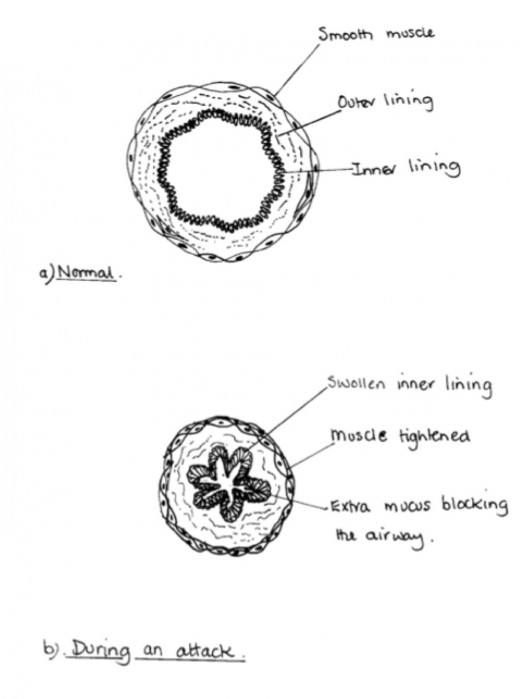


The causes of Asthma and their effect on children.
Unfortunately there are many triggers for asthma, ranging from the usual suspects like pollen, dust mites and pet allergens to tobacco smoke, household moulds and mildew and outdoor pollution. What is often not clear is exactly which allergen, or combination of allergens, triggers a particular reaction in any given sufferer. Some sufferers have just one allergen but others may have several which trigger their asthma. It is a very individual condition and no two asthmatics may have the same triggers. Once the specific allergens have been identified it is obviously much easier to avoid them and control the onset of an attack though it can often take some time to correctly identify which allergens are the guilty parties.
Pollution and asthma.
It is now believed that for for more and more of our children the initial triggering factor is pollution, from cigarette smoke in the household to emissions from motor vehicles. This last is under almost constant scientific investigation as the link has been proven beyond doubt. So could we be to blame? Could our love affair with our shiny automobiles and 4 x 4's be putting our children at risk?
Understandably, the risks for urban children are greater, particularly in summer. The combination of the carbon monoxide, sulphur dioxide, nitrogen dioxide and particulates (PM10's) given out in vehicle exhaust fumes combine with sunshine to produce a low-level (tropospheric) ozone which induces asthma attacks.
In the past statistics have shown that urban children being pushed in buggies or walking alongside busy roads during the summer can significantly raise the number of them being admitted to hospital with respiratory problems. This was particularly evident in the hot summer of 1994 in London when hospitals ran out of medication as admission numbers reached epidemic proportions. One doctor was quoted as saying that it was 'the equivalent of having an air crash near every hospital'.
Of particular concern are the PM10's which are believed to be the most dangerous component of this chemical cocktail and some scientists believe there are no safe levels of these. As these particulates are less than 10 microns in diameter they are small enough to enter the air sacs (alveoli) of the lungs. Once there they adhere to the alveoli and it has been estimated that they carry up to 80 different chemicals on their surface; 80 different chemicals that have no business being in any child's lungs.
Tropospheric ozone is now believed to be not just implicated in asthma attacks but may in fact be a primary cause of the initial onset of asthma in many children as it damages the delicate linings of the airways leaving them sensitised to all sort of other irritants such as pollen and animal hair.
The good news ...
Despite all of these facts seeming depressingly doom-laden it must be stated that on balance most children have only mild asthma symptoms and often grow out of it altogether, almost as if the extreme sensitivity reaction re-sets itself in some way as they mature. But for those who don't we need to be aware that we take care not to subject our children to too many reaction factors without circumventing their lives too much.
As research continues it may be that new drugs are developed to better control allergic reactions and as new fuels are also developed it could be that vehicles will eventually run on something less destructive to both our children and their environment. But in the meantime perhaps we should use our cars less ... and walk our children to school away from the traffic jams.

